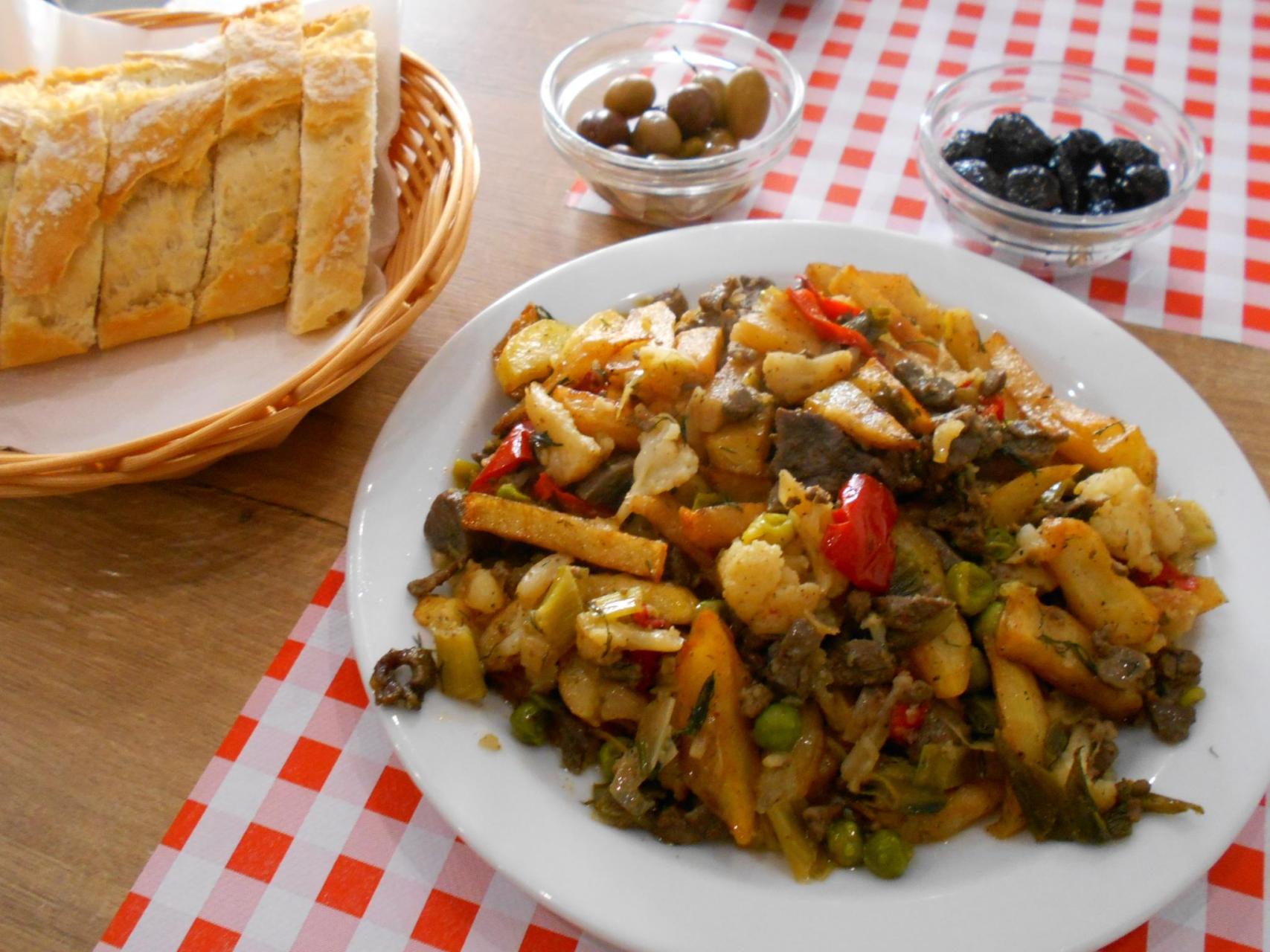By Mdb Digital
Copyright majorcadailybulletin

The latest study by the Centre for Sociological Research (CIS) on Tourism and Gastronomy has produced a curious – and perhaps unexpected – finding for the Balearic Islands: the dish most Spaniards associate with Balearic cuisine is not the sweet ensaimada, nor the iconic sobrasada, but rather frito mallorquín.
According to the published data, 35% of those surveyed identified frito as the main representative of Balearic gastronomy, ahead of the ensaimada (32.3%) and other dishes such as arroz brut, which hardly featured in the responses.
Frito mallorquín is a traditional, modest dish deeply rooted in the islands’ culinary culture. Although it rarely takes centre stage in tourist campaigns or fills airport shop windows, it has carved out a place in the culinary memory of Spanish visitors thanks to its homemade character, intense flavour and strong link with the most authentic Mallorca.
So how is frito mallorquín prepared?
There are many variations of the frito mallorquín, but the base is always the same: a hearty stir-fry of meat (usually lamb, though sometimes pork), liver, potatoes, peppers, garlic, onion, fennel, peas and occasionally artichokes, all cooked together in a large pan with olive oil.
It is a dish of thrift, historically linked to the pig slaughter, when every part of the animal had to be used. Its flavour is robust, spiced and hearty, perfect for the colder months, although in Mallorca it is eaten year-round, even in simple local bars.
Some households also prepare a seafaring version, with cuttlefish and shellfish, but the most widely recognised and appreciated variant beyond the island is the meat-based one.
The islands’ most exported sweet, the ensaimada, remains instantly recognisable to visitors, yet it has not managed to secure first place in the ranking. Its commercial image may even have detracted from its standing as a truly gastronomic product. Nevertheless, it continues to stand as one of the symbols of the Balearics.
At national level, the CIS survey produced a clear result: paella is seen as Spain’s most representative dish (63.4%), closely followed by the potato omelette (tortilla de patatas, 58.3%) and jamón ibérico (43.8%). But there is one question that never fails to spark discussion at a Spanish dinner table: should tortilla be made with or without onion? The CIS also asked, and the verdict is clear: three in four Spaniards (74.9%) prefer it with onion, compared with just 18.9% who prefer it without. A small 5.8% say they don’t mind – though they probably have a firm opinion ready to share when the debate inevitably arises.



